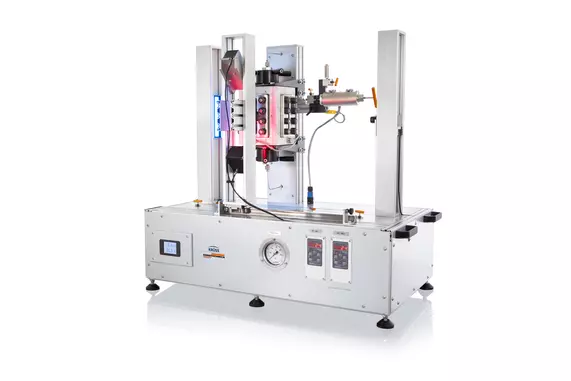Optimize Enhanced Oil Recovery with Advanced Foam Analysis
The HPFA High Pressure Foam Analyzer stands as the sole instrument globally capable of analyzing both the quantity and structure of liquid foams under elevated pressures. Uniquely designed for enhanced oil recovery (EOR) applications, this instrument offers a comprehensive suite of options to investigate foam behavior under authentic process conditions, including foam-assisted flooding and hydraulic fracturing scenarios.
Applications and Measuring Methods
From foam-assisted gas flooding to acting as a fracking liquid, the HPFA is adept at analyzing foam height and structure in high-pressure environments. It addresses the critical needs of EOR techniques and hydraulic fracturing, providing invaluable insights into maximum foam volume, liquid volume within foam, decay curves, and bubble size distribution, among many others.
Advanced Features for Comprehensive Analysis
Equipped with two high-resolution cameras operating simultaneously, the HPFA captures dynamic changes in foam height and lamellae structure during and after gas infusion. This capability, supported by real-time image evaluation via our ADVANCE software, offers an unparalleled view into foamability, stability, and decay patterns. The system’s compatibility with varying gas mediums and its ability to simulate real oil reservoir conditions make it a pivotal tool in the pursuit of optimizing EOR processes.
Enabling Detailed Foam Investigation
Aside from its primary functions, the HPFA facilitates additional dosing experiments to examine foam interactions with inhibiting phases, thereby enabling a deeper understanding of foam stability under diverse conditions. This aspect is particularly beneficial for fine-tuning foam properties to enhance oil recovery efficiency.

